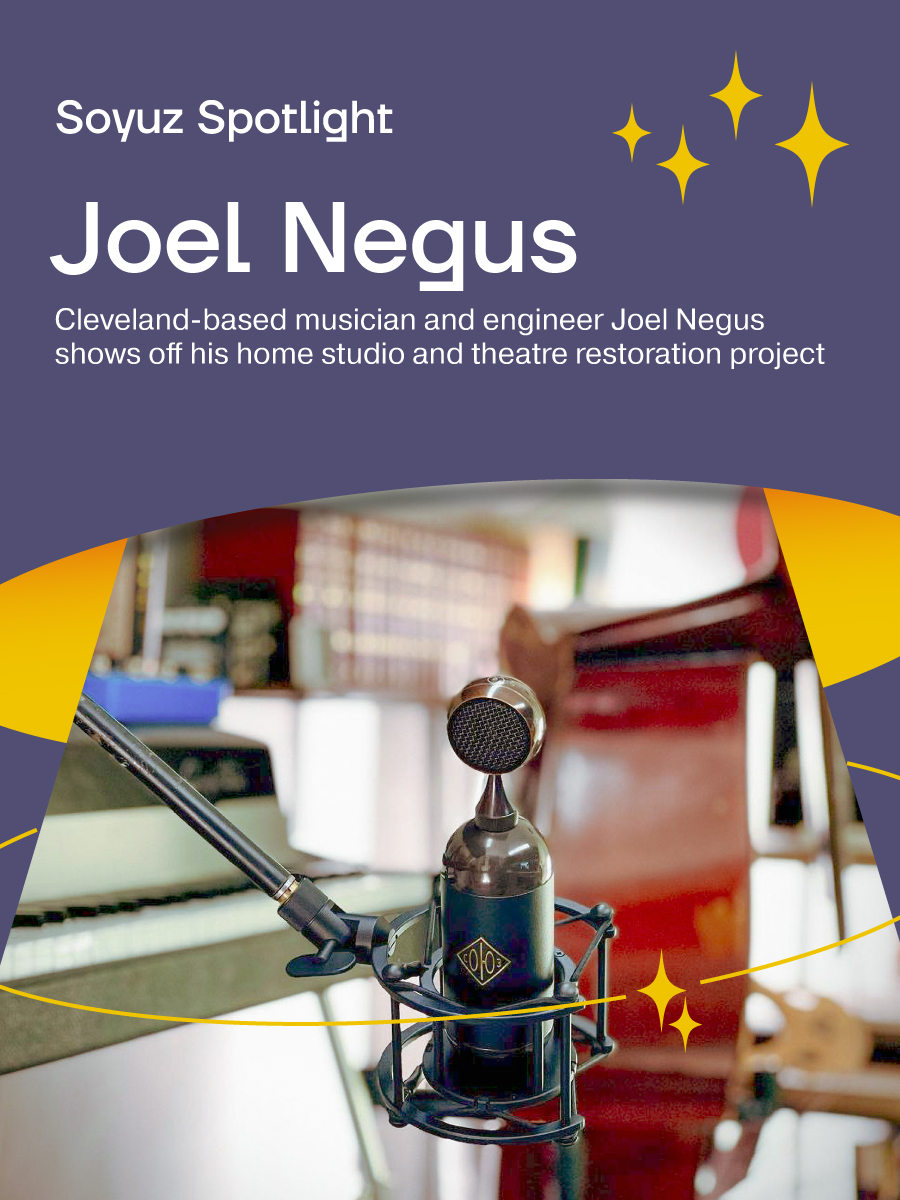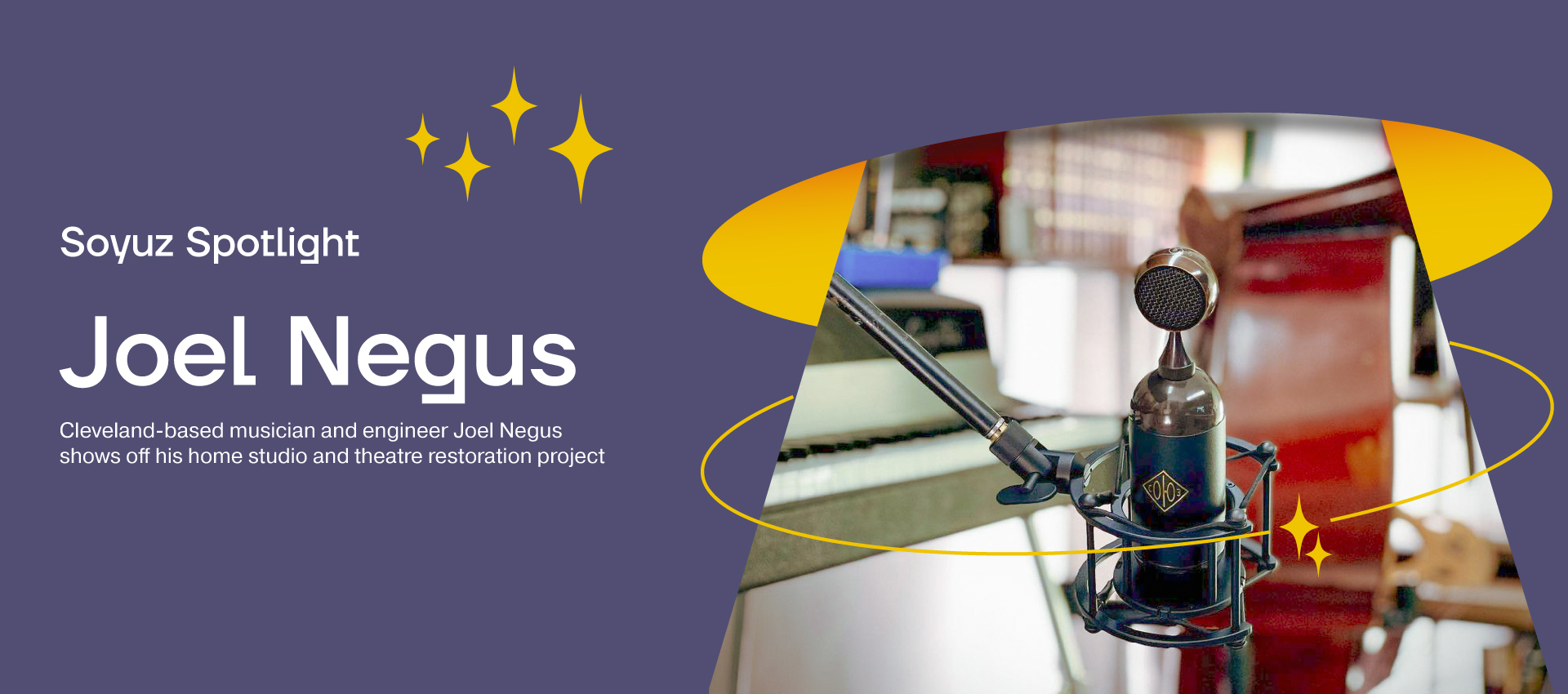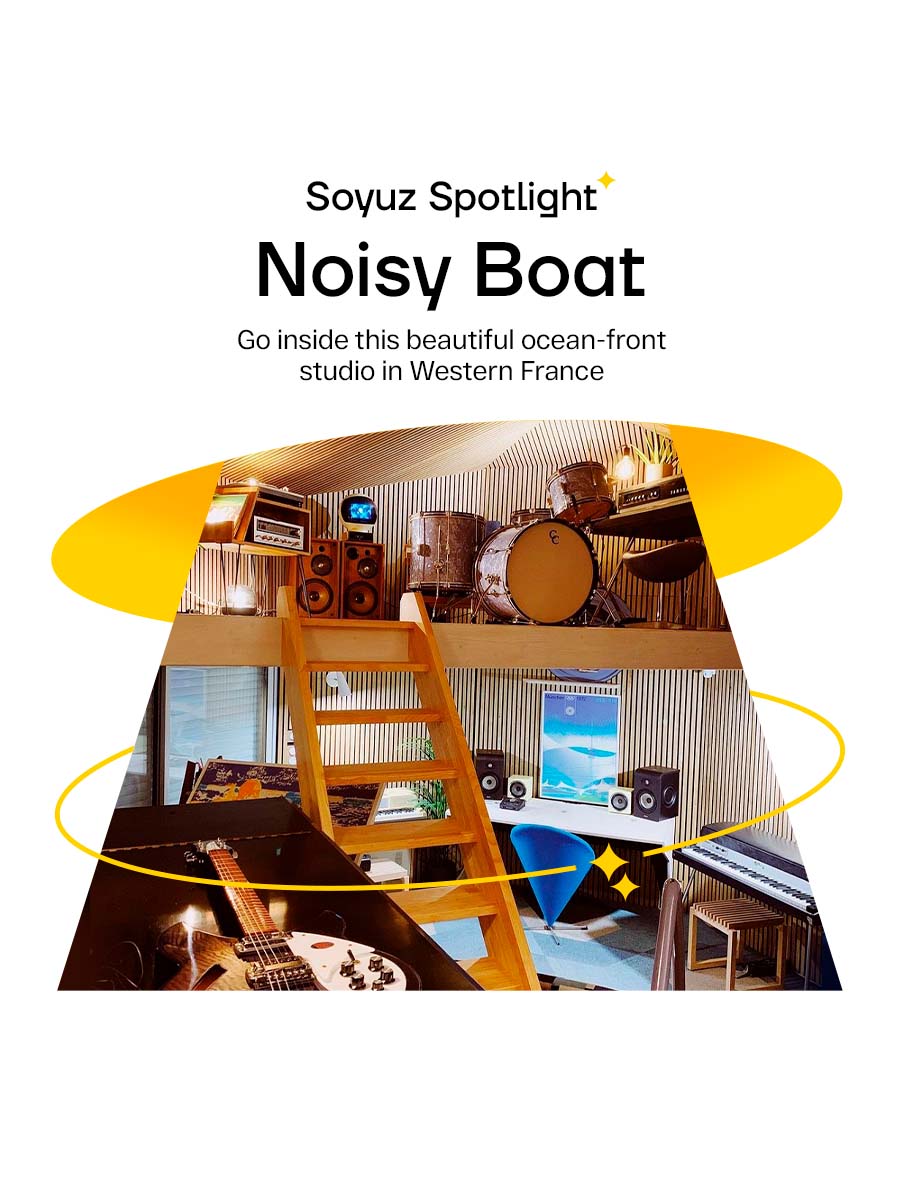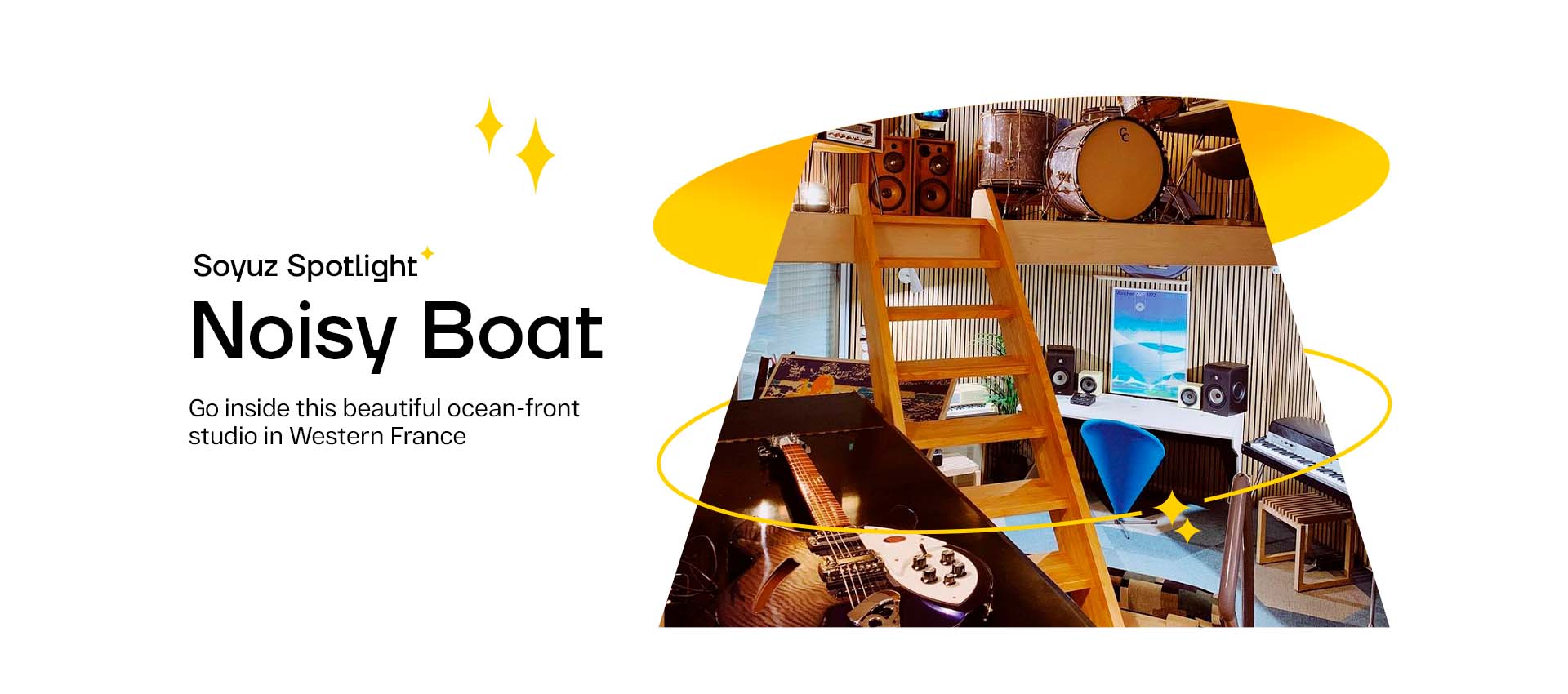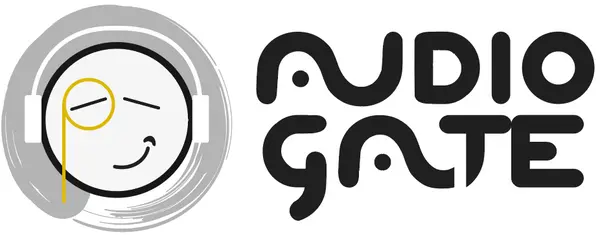While you can put a condenser, ribbon or dynamic microphone on any source and get perfectly adequate recordings, there is an art to capturing noteworthy sounds in the studio. Like colors on a palette or different types of brushes, your choice of microphone imparts distinct character and textures on your sound. Each style of microphone offers its own feature set, one that enables the mic to capture a vocal or instrument in a specific way.
Ever wonder why engineers gravitate towards putting a large diaphragm condenser mic on a vocalist? Have you seen ribbons or small diaphragm condensers placed over a drummer’s kit? These standard miking techniques are classics for a reason. Each decision is based on the microphone’s design and character while also factoring in the same elements for the instrument at hand.
Throughout this blog, we’ll dive further into the world of condenser, ribbon and dynamic microphones to highlight the differences between each of these mic categories. In addition, we’ll discuss which microphones are tailored to specific instruments and explain why they make these sources shine so brightly.
Condenser Microphones
Condenser microphones may be the most logical place for us to start, as all of the mics we make are in this style. Technically speaking, these microphones employ a fairly simple system with a capsule that features a thin membrane and metal plate. When sound waves from a singer or instrument arrive at the capsule, it causes the thin membrane to move closer and farther from the backplate. This movement changes the voltage across the backplate and is converted into an electrical signal.
The next step in the process is boosting this signal. The microphone is supplied with power through its impedance converter, either a vacuum tube or FET (or Field Effect Transistor) circuit. This power is delivered by your external power supply or 48V phantom power on your mixer, mic preamp or interface. With the power supply boosting your signal via the impedance converter, your audio signal can now be delivered to the mic input on your preferred recording device.
With the technical mumbo jumbo out of the way, let’s talk about the benefits of condenser microphones. Thanks to its unique capsule design, condenser mics are known for being extremely detailed or what some might describe as accurate. They also offer the widest frequency response (with special regards for higher frequencies) and many employ a number of polar patterns to suit your specific source.
Within the world of condenser microphones, there are some variations in general size and impedance converters. Each of these different condensers brings something new to the table, so it’s important to understand how they are sonically unique. Let’s break it down.
Tube vs. FET
As previously mentioned, a condenser mic uses tube and FET circuits as impedance converters to amplify its signal. Soyuz makes tube and FET versions of both our 017 and 013 Series microphones, while the 023 Bomblet employs a FET design. Why make two versions of the same condenser microphone? There are subtle difference between tube and FET microphones that can be used to your advantage in the studio.
Tube microphones are generally associated with a sense of warmth, as the circuit and topology of these designs generally give a smoother response that softens edges and gives your sound a nice glow. Engineers would probably reach for a tube condenser on a vocal performance due to this flattering quality. Listen to the two vocal examples and compare the sound of a tube and FET microphone in action:
FET microphones are known more for their fast transient response and accuracy. This means that the microphones are capable of capturing a source with more precision than their tube brethren and tend to give you a more forward and up-front feeling. Compare the two drum overhead examples below and listen to how the FET mic perfectly captures the kit with a snappy attack.
For a deeper dive into the differences between tube and FET microphones, check out our comparison here.
Large Diaphragm Condenser Microphones vs. Small Diaphragm Condenser Microphones
Condensers can also be divided into two groups based on body size; large diaphragm condenser microphones and small diaphragm condenser microphones. At Soyuz, we make both varieties. The 017 and 023 Bomblet fall into the large diaphragm condenser category while the 013 is a small diaphragm condenser. Aside from physical size differences (it’s easier to fit small diaphragms in tight quarters), they also have some different sonic subtleties.
Large diaphragm condenser microphones excel in the lower frequencies with a much broader and deeper response. Thus, these mics are often associated with a more full-bodied, lush sound. This is perfect for vocals and voiceovers or wherever you wish to capture the most size from a source. Small diaphragm condensers are typically known to have a superior transient response and extended high frequency response. Therefore, they are typically used for getting a more accurate and detailed sound.
Compare and contrast the sound of large diaphragm condensers and small diaphragm condensers on two different sources below:
If you need help figuring out whether a large diaphragm or small diaphragm condenser is right for a source, check out our in-depth blog on the subject.
Dynamic Microphones
If you’ve been involved in audio in any way, you’ve probably held a dynamic mic in your hand. Think Shure SM57 and SM7Bs. These are industry-standard microphones because of their simple designs and ability to take all kinds of abuse.
The main kind of dynamic mic utilizes a moving coil mechanism. This design is a lot like a speaker, as a coil is glued to a membrane and a magnet surrounds the coil. As sound waves hit the microphone, the membrane moves, as well as the coil. This movement of the coil within the magnetic field creates the electrical signal needed to capture audio.
Overall, dynamic microphones have a slower transient response, so they don’t afford the same accuracy as condenser microphones. What they lack in detail, they make up for in durability, affordability and the way they handle sources with extremely high sound pressure levels (SPL). Thus, dynamics have often been used in the live sound setting and in the studio for loud sources like guitar amps, kick drums and snare drums where you may want to smooth out aggressive transients.
Ribbon Microphones
While the ribbon microphone is often given its own category, technically speaking, it’s another type of dynamic mic. Ribbon mics work like this… A ribbon (a thin, corrugated strip of metal) is suspended between two magnetic poles and acts as a diaphragm and transducer element. As air passes through the microphone, the ribbon moves and creates a voltage.
The voltage created by the ribbon element is extremely low. Since these mics are predominantly passive, the onus is put on the impedance of the mic preamp to do the heavy lifting. By putting this much emphasis on your choice in mic preamp, a ribbon microphone’s tonality can shift based on whatever you decide to plug it into.
Ribbon microphones have a number of wonderful benefits. They deliver warm and smooth sounds with lots of low end and a natural roll-off in the higher frequencies. By design, they are bidirectional with a figure-8 polar pattern. This means a ribbon microphone is capable of picking up sounds from both sides of the microphone while excluding sounds from the sides of the mic. Therefore, ribbons make wonderful room mics and are perfect for miking drum overheads, guitar amps and more.
While Soyuz doesn’t currently make any ribbon microphones, the 023 Bomblet is in the same ballpark in several ways. This large diaphragm FET condenser microphone features a thick low-end, smooth top-end and a natural compression that will please ribbon mic enthusiasts while still being forward and present to sit in front of any mix.
Listen to the rich, natural sounds the 023 Bomblet is capable of capturing in our Listening Library below:
If you’re looking to add flavor to your dynamic or ribbon microphone, The Launcher is an excellent resource. Our inline mic preamp adds 26 dB of gain and vibes to any dynamic or ribbon microphone that runs through the small white box. Simply, run an XLR cable from your mic into The Launcher and another XLR from the back of the unit to your mixer, preamp or interface, and you’ll benefit from a bountiful boost of gain and warm saturation.
Final Thoughts
The world of condenser microphones, ribbon microphones and dynamic microphones is a vast and wonderful place with lots of options at your disposal. While we’ve outlined these key differences in the way the mics work and sound, the beauty of recording is that your choices are totally up to your discretion. There is no wrong way to record a sound source and some of the most brilliant moments in recorded history have come when engineers bucked conventions. Try out condensers, ribbons and dynamics in your own unique way and find out what works best for you.
